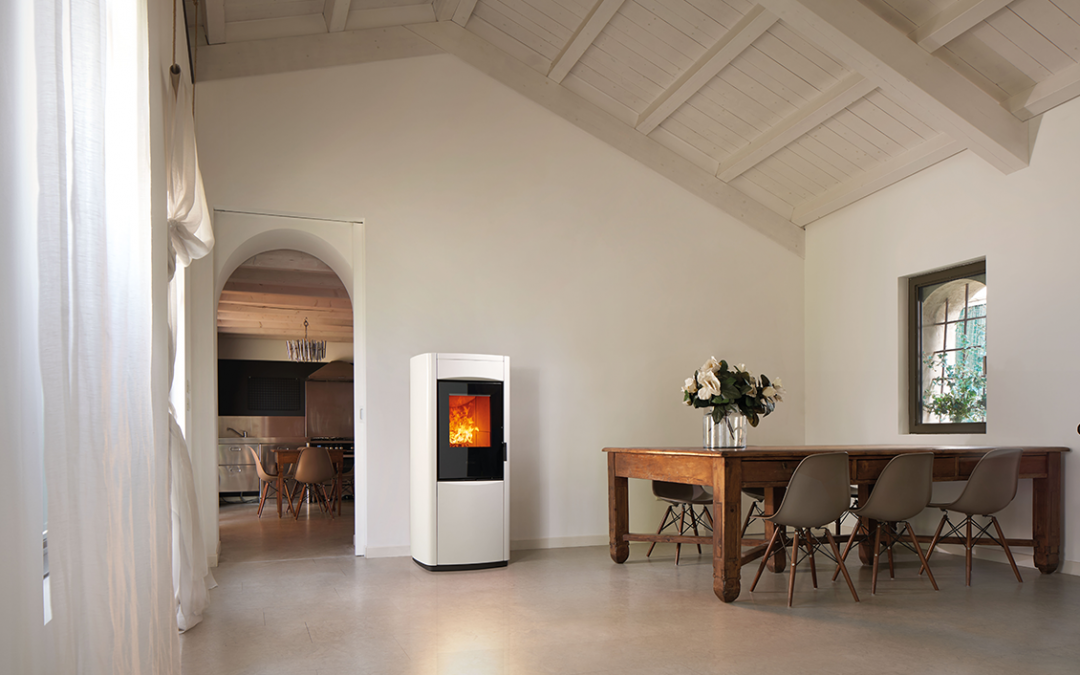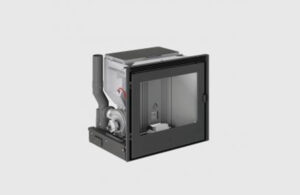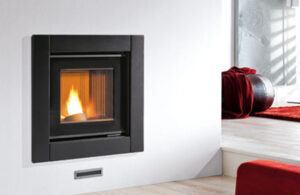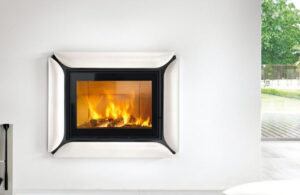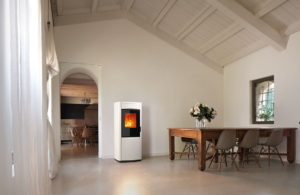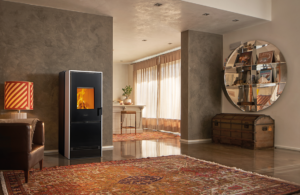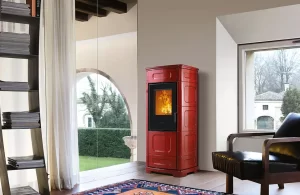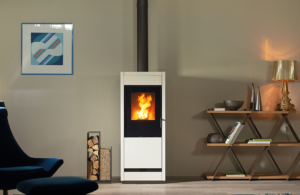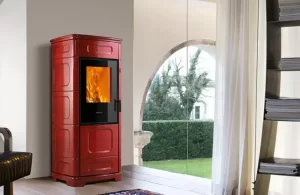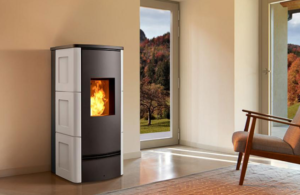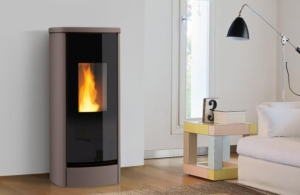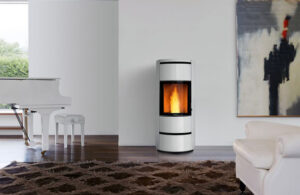More and more Aussies are purchasing pellet heaters to keep them warm during winter. This equipment combines the classic ambience of wood-fired heaters with the convenience of electric heaters to make the home cosier and liveable during the cold months.
However, many homeowners have limited information about this new market entrant. This article discusses all you need to know about pellet heaters.
What is a Pellet Heater?
A pellet heater is a modernised wood-fired heater that uses small pieces of recycled biomass called pellets to generate heat.
The materials used for making pellets include tree barks, sawdust, scrapings, wood chips, and other by-products of the timber and logging industry. Sometimes, people use corn stalks, sugarcane shavings, and poplar trees to make the pellets.
How Are Pellets Made?
After collection, a hammer mill grinds the organic by-products and presses them to form evenly-sized blocks. The high pressure exerted by the mill increases temperature and melts the blocks into a semi-solid state.
Later, the mill stops running, releasing the pressure and allowing the biomass to cool. The result is small pellets ready for use on a stove.
How Does a Pellet Stove Work?
As mentioned earlier, a pellet heater is somewhat similar to a traditional wood-fired heater. The main difference is the type of fuel used – pellet heaters use small, slow-burning pellets made using organic material, while wood-fired heaters use larger pieces of wood.
To start a pellet stove, you must first insert pellets into the hopper. They then drop into the fire chamber, where they burn to generate heat. Most pellet stoves ignite automatically. However, inexpensive units require manual operation.
The inbuilt thermostat allows you to regulate the heat generated by your pellet heater. When set, an auger screw inside the stove releases pellets into the fire chamber until your room achieves the desired temperature level.
Advantages of Pellet Heaters
Here are the advantages of purchasing a pellet heater.
Easy to Use and Maintain
You don’t need much expertise to use a pellet heater. You can set the desired temperature level thanks to automatic ignition and the built-in thermostat.
Also, the technology used on pellet stoves is improving. For example, newer models are compatible with smartphones, allowing you to control operations using apps and voice commands.
Unlike wood-fired heaters, pellet stoves don’t produce soot and creosote. As a result, it’s easy to clean the equipment after use.
Energy Efficiency
Pellet heaters are more efficient than wood-fired heaters and open fireplaces. They’re also better than electric heaters. This means that the stoves use little fuel to heat large spaces.
Additionally, the high efficiency means that pellet stoves emit less carbon dioxide and other greenhouse gases into the atmosphere. That’s why some environmentalists consider it carbon neutral.
Promotes Recycling
Pellets come from food waste, industrial waste, and other materials that would otherwise pollute the environment. Instead of contaminating your surroundings, you can dispose of such waste correctly or sell it to pellet manufacturers for a profit.
Recycling makes the environment cleaner and reduces the risk of diseases. It also makes life more comfortable. Over time, it reduces your carbon footprint, which helps to mitigate the effects of global warming and climate change.
Pest-Resistance
Stored wood is a pest magnet. When you collect your logs and stow them, they’re likely to attract insects and rodents that cause damage and could potentially bring diseases to your home.
Additionally, conventional fireplaces have chimneys that host bugs when idle.
On the contrary, pellets come in sealed boxes. Therefore, you don’t have to worry about pest infestations. Furthermore, pellet stoves don’t require chimneys.
Disadvantages of Pellet Heaters
Here are the disadvantages of pellet heaters.
Noise
Pellet stoves have several moving parts that produce a lot of noise during operation. Although newer models are quieter, they’re still a nuisance if you prefer a tranquil environment.
Power Consumption
Pellet heaters have built-in thermostats and other electronic components. However, they require an electrical connection to function and consume considerable amounts during use. This makes such heaters useless in homes without electricity.
Inadequate Heat
Pellet heaters warm smaller spaces than conventional wood-fired heaters. They are unsuitable for heating large areas, like your living room. Instead, they work best on decks and small patios.
Expensiveness
The cost of purchasing a pellet heater is higher than other heating solutions. Therefore, you need thousands of dollars to use this equipment.
Our Best Pellet Heaters
Here are some standout pellet stoves in the Sydney Heaters range, along with their top features.
IP Series

If you want a pellet heater that doesn’t take up your precious floor space, consider the IP Series. These built-in models fit inside your wall and blend with your existing décor.
When lit, you can enjoy the cosy ambience and beautiful appearance of the flames. However, these heaters are suitable for smaller rooms.
Infinity Hybrid Series
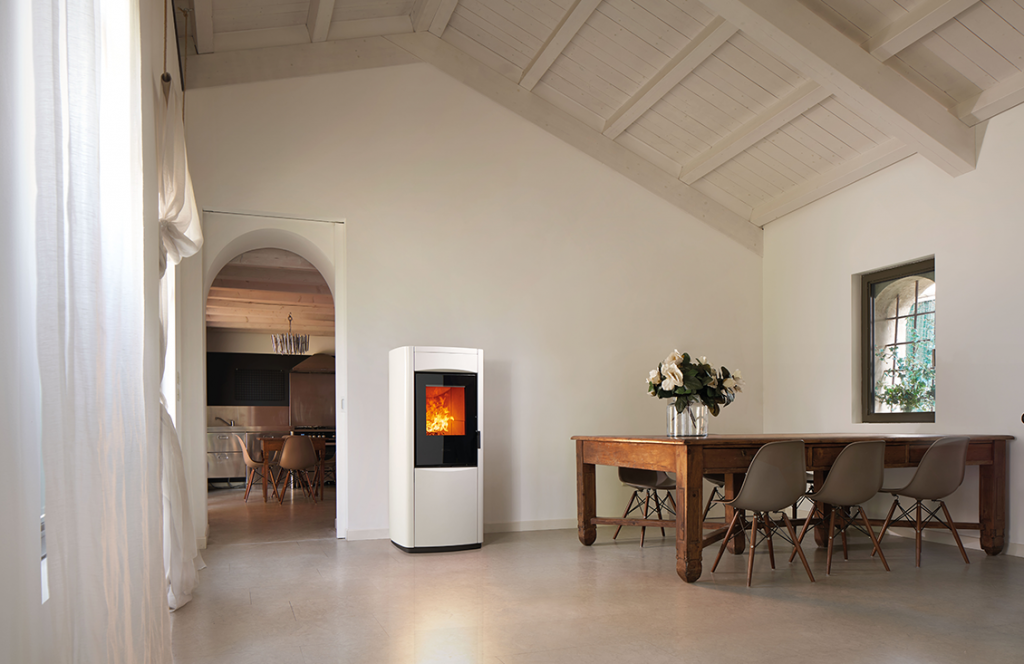
The Infinity Hybrid Series features the best pellet stoves from Sydney Heaters. They are an excellent statement piece because of their significant stature. Moreover, they come with many high-tech features to make operations easier.
Regarding style, these heaters are available in several colours. When idle, one can easily mistake them for smart refrigerators. They defeat the notion that pellet heaters are unsightly.
-
INFINITY HYBRID E228MPRICE ON REQUEST
-
INFINITY HYBRID E228DPRICE ON REQUEST
-
INFINITY HYBRID E228CPRICE ON REQUEST
-
INFINITY HYBRID E228APRICE ON REQUEST
-
P930 REAR FLUEPRICE ON REQUEST
-
P920 REAR FLUEPRICE ON REQUEST
-
P230 REAR FLUEPRICE ON REQUEST
-
P943MPRICE ON REQUEST
-
IP 11PRICE ON REQUEST
Salzburg
The Salzburg is a beautiful cylindrical pellet heater with several exciting features and unrivalled efficiency.
The most exciting feature is Wi-fi compatibility, which allows you to program the equipment using your smartphone. Also, the heater has an integrated room sensor and automatic room temperature control.
The Salzburg uses natural convection to heat spaces as large as 190 square metres. While doing this, it produces 0.2 grams of carbon dioxide per kilogram of burnt wood.
Wrapping Up
Pellet heaters combine the rusticity of wood-fired heaters and the modernity of electric and gas fireplaces. This makes them appealing to old and young people. However, their most significant advantage is eco-friendliness. The use of pellets promotes recycling and reduces carbon emissions.
On the downside, pellet heaters are expensive and noisy. They also require electricity and increase your utility bill.
If you want to purchase a pellet heater, explore the many options at Sydney Heaters today.
Read Also:

